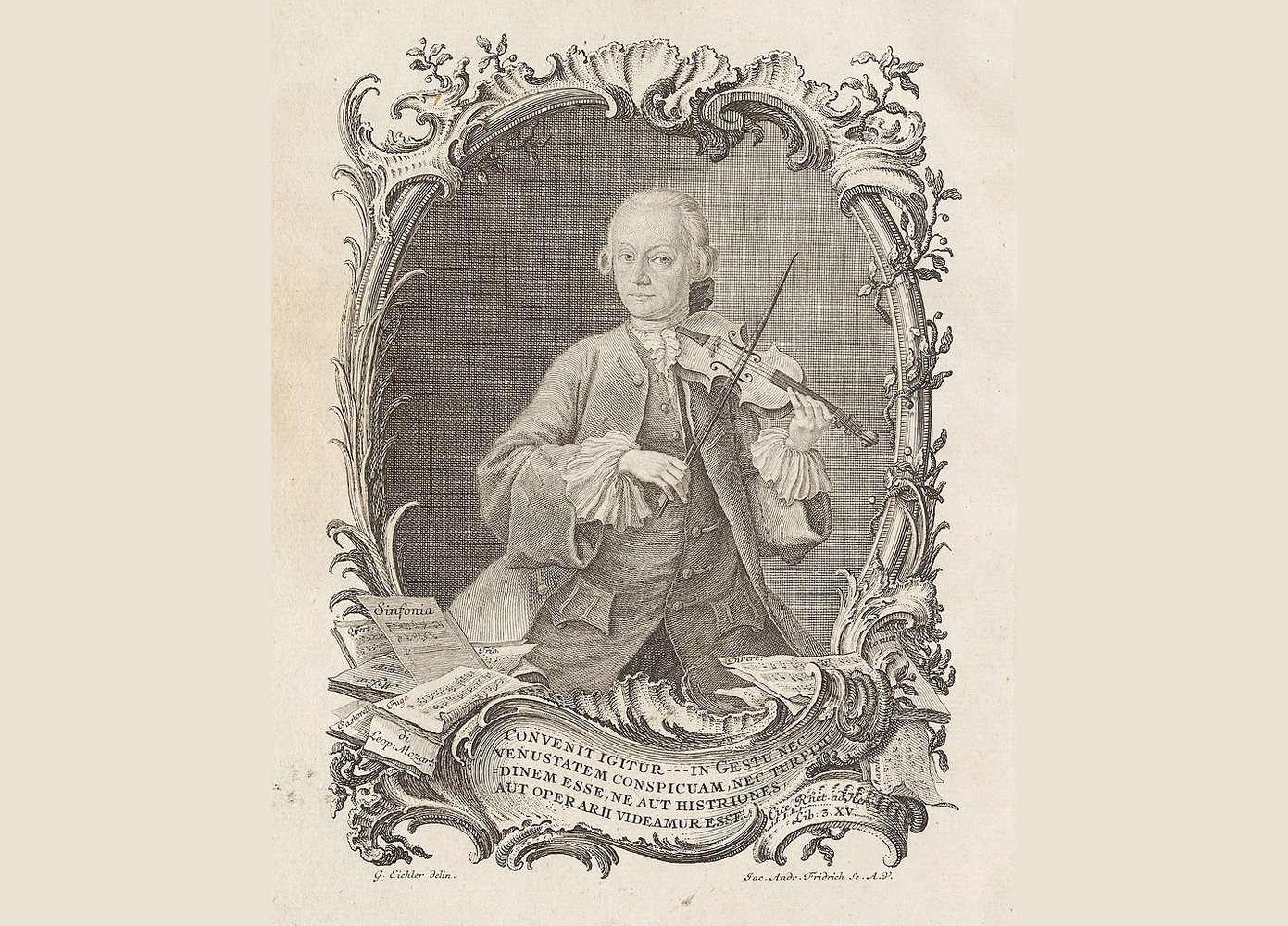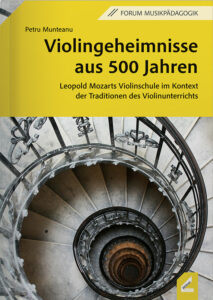Violin schools over five centuries
Petru Munteanu gives an overview of teaching works for violin up to the present day. Leopold Mozart's "Gründliche Violinschule" serves as his point of reference.

We owe this huge amount of hard work to the Romanian violin teacher Petru Munteanu. On 442 pages, he has compiled the most important statements of all published violin schools clearly and with many music examples and illustrations. He currently teaches at the Leopold Mozart Center at the University of Augsburg. So it is only natural that Leopold Mozart's Thorough violin school is the focus of the 1769 and 1789 editions. The other textbooks are compared with them. It turns out that Leopold Mozart foresaw many things in great detail that are still valid today.
Munteanu outlines the special features of each violin school presented in gray boxes, which is very helpful because of the countless, otherwise repeatedly identical views of the various pedagogues. Particularly interesting is the description of Carl Guhr's school, who factually and in detail pointed out the violinistic peculiarities of Paganini's playing and was even able to create from memory a version of Nel cor più non mi sento by Paganini.
In the sixth chapter, which is often referred to, "Violin teaching and the violin schools today", Munteanu poses three questions, which he attempts to answer with the help of quotes from experts (Seiffert, Seling, Eberhardt, Kolneder, Hausegger, Flesch, Galamian ...): Who, what and how should we teach? I found only a few stimulating thoughts, but a central one by Carl Adolf Martienssen on the third question: In learning language, every child is a "child prodigy". "The child prodigy complex is psychologically the immediate direction of the will of the auditory sphere towards the sound goal ... of the instrument to be played ..." This should inspire every teacher to use this important black box!
 Petru Munteanu: Violin secrets from 500 years, Leopold Mozart's violin school in the context of violin teaching traditions, 442 p., € 49.80, Wissner, Augsburg 2023, ISBN 978-3-95786-306-5
Petru Munteanu: Violin secrets from 500 years, Leopold Mozart's violin school in the context of violin teaching traditions, 442 p., € 49.80, Wissner, Augsburg 2023, ISBN 978-3-95786-306-5







